With the passing of Nobel prize-winning physicist, Peter Higgs, we reflect on the importance of ‘the God particle’, the Higgs boson. We asked some of the world’s leading thinkers and physicists for their thoughts on Higgs and the legacy of his work. The story of Peter Higgs and his Higgs boson is one that lays bare the power of theory and wonder of the experiments that are built to test them.
A modest giant of particle physics has left us.
Peter Higgs got his Bachelor’s degree at King’s College London in 1950, and his PhD for research in molecular physics in 1954. His research interests shifted subsequently to quantum field theory, leading in 1964 to his famous papers describing how elementary particles could acquire masses and predicting the existence of the particle that bears his name. In 1967 his theory of mass was incorporated into a unified theory of fundamental interactions, which is the basis of the Standard Model that describes all the visible matter in the Universe. Confirmation of Peter Higgs’s theory had to wait for the discovery of the Higgs boson, which was made at CERN in 2012 by two international teams of experimental physicists.
Peter Higgs was a profoundly modest man. He wiped tears from his eyes when the discovery was announced and said that he had never expected to see it in his lifetime. He also said that the existence of the Higgs boson was not a ‘big deal’, but it was.
Without his theory, atoms could not exist and radioactivity would be a force as strong as electricity and magnetism. His prediction of the existence of the particle that bears his name was a deep insight, and its discovery was the crowning moment that confirmed his understanding of the way the Universe works.
See John debate the future of particle physics after the God particle explains the search for the Higgs boson, discuss the mystery of reality or delve into his IAI academy courses on Why the World Exists and a brief guide to everything. And read Particle Physics: Where Next?
Our theory of particle physics today completely relies on the Higgs mechanism and on Higgs.
Peter Higgs has had a profound influence on the way we understand physics. He was one of a small number of scientists who independently discovered the Higgs mechanism and the only scientist to predict the Higgs boson associated with it. Our theory of particle physics today completely relies on the Higgs mechanism and on Higgs. The Higgs mechanism shows us how fundamental particles get their mass, and how electromagnetism and the weak force are really ultimately part of the same electroweak force. Without Higgs himself, we would never have been able to confirm the mechanism, as the Higgs boson provided its testable prediction. He made a huge contribution to our subject, and we're going to continue exploring what the Higgs boson can tell for quite some time to come in our experiments.
See Tara Shears debate whether particle physics is unscientific and it’s an immaterial world and whether particles exist at all. And delve into her argument that the nature of reality is not beyond experience.
Those mathematical squiggles on the page carry a truth like nothing else in our world.
What Peter Higgs did was theoretical physics at its purest. He wasn’t motivated by any particular experiment or desire to explain some observed anomaly. He was just playing.











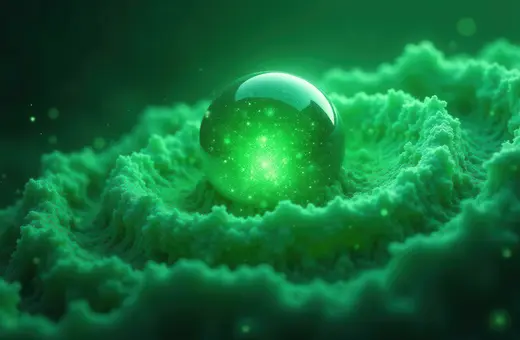
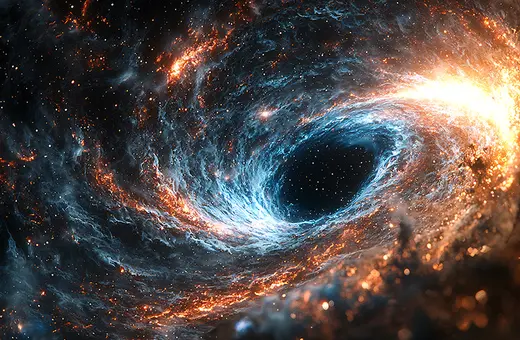
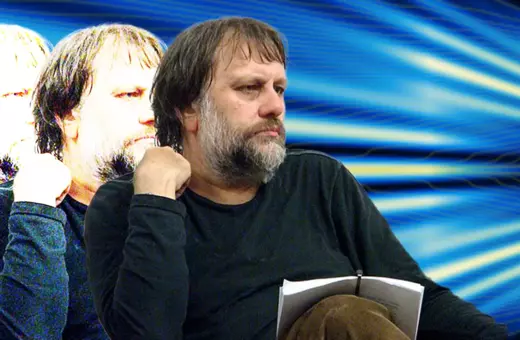

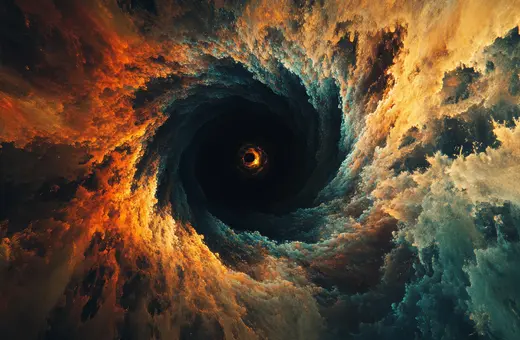

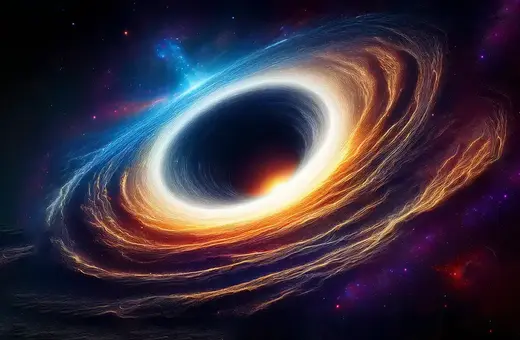


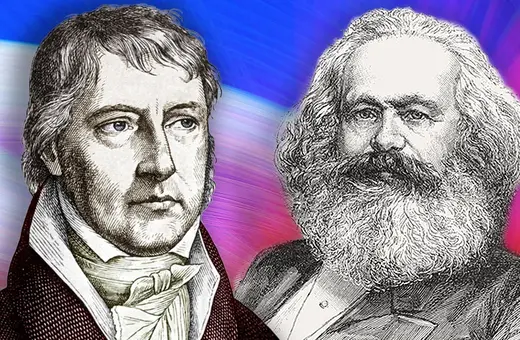
Join the conversation